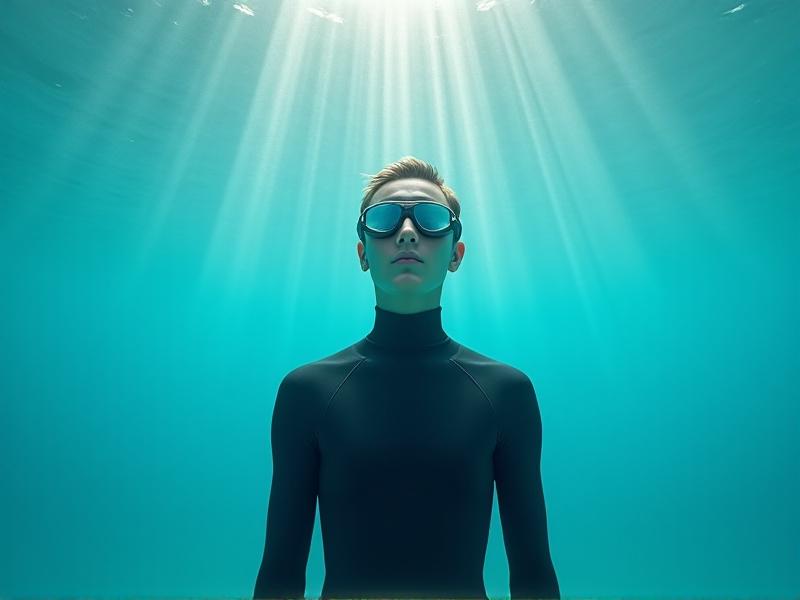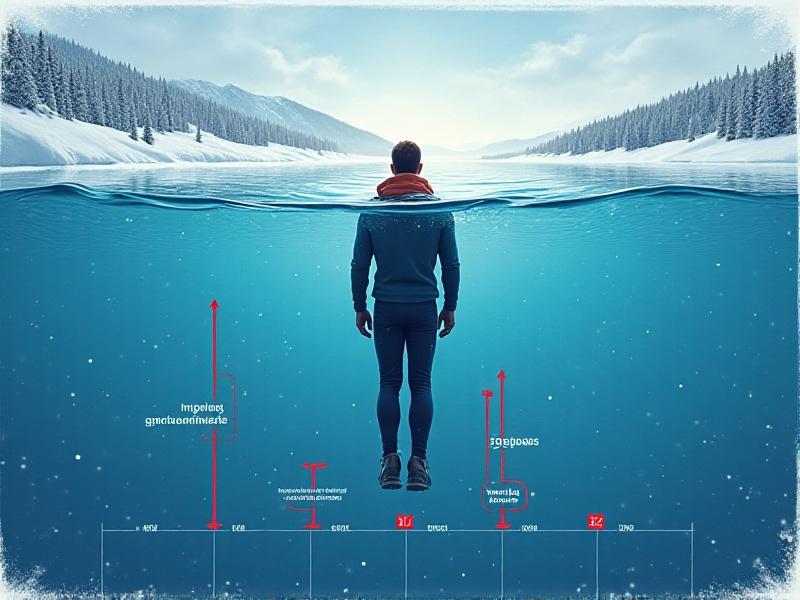Breathing Methods to Suppress Diving Reflex
Understanding the Diving Reflex and Its Triggers
The diving reflex is an involuntary physiological response triggered by submersion in cold water. Characterized by slowed heart rate, reduced oxygen consumption, and blood vessel constriction, this reflex evolved to help mammals survive underwater. Humans retain this instinct, though its intensity varies. Cold water on the face—especially around the forehead and eyes—stimulates the trigeminal nerve, activating the reflex. Emotional stress or breath-holding can exacerbate it, making it a challenge for divers, swimmers, or individuals undergoing aquatic therapy. Suppressing this reflex is critical in scenarios where prolonged submersion or controlled breathing is required.

The Physiology Behind the Diving Reflex
When the diving reflex activates, the body prioritizes survival. The autonomic nervous system shifts into parasympathetic dominance, slowing the heart rate (bradycardia) by up to 25% in trained individuals. Blood redirects from extremities to vital organs like the heart and brain. This oxygen-conserving mechanism, while life-saving, can be counterproductive during intentional breath-holds or competitive diving. Understanding the interplay between the trigeminal nerve, vagus nerve, and baroreceptors is key to developing suppression techniques. By modulating these pathways through deliberate breathing, individuals can regain control over their physiological responses.
Core Breathing Techniques to Counteract the Reflex
Controlled breathing disrupts the autonomic cascade of the diving reflex. Diaphragmatic breathing, or “belly breathing,” stimulates the vagus nerve, promoting relaxation and slowing heart rate voluntarily. Another method is “pre-apnea hyperventilation”—taking deep, rapid breaths before submersion—to temporarily reduce CO2 levels and delay the urge to breathe. However, this technique requires caution to avoid hypoxia. Combining these with progressive breath-hold training helps acclimate the body to higher CO2 tolerance, gradually weakening the reflex’s intensity. Consistency and mindfulness are critical for long-term adaptation.

Advanced Methods: Thermal Training and CO2 Tables
Exposing the face to cold water in controlled settings can desensitize the trigeminal nerve over time. Start with brief splashes and gradually increase exposure duration. Pair this with CO2 tables—structured breath-hold intervals that train the body to tolerate higher carbon dioxide levels. For example, after a deep inhalation, hold your breath for 1 minute, then slowly increase to 90 seconds over weeks. This dual approach recalibrates the body’s response to cold and hypoxia, empowering individuals to maintain calm during submersion.
Applications in Freediving and Medical Scenarios
Freedivers use these techniques to extend underwater time safely. By suppressing the diving reflex, they conserve oxygen and reduce panic, enabling deeper dives. Medically, patients prone to vasovagal syncope (e.g., during blood draws) benefit from similar strategies. Research also explores how modulating the reflex aids recovery in stroke patients undergoing aquatic therapy. These applications underscore the importance of tailored breathing practices across disciplines.

Safety Considerations and Common Mistakes
Overzealous hyperventilation remains a risk, as it can lead to shallow-water blackout. Always practice with a partner and avoid pushing breath-hold limits too quickly. Another pitfall is neglecting thermal acclimation—rushing into cold water without gradual exposure increases reflex intensity. Listen to your body: dizziness or chest pain signals the need to stop. Consult professionals when integrating these methods into training regimens.
Future Research and Holistic Integration
Emerging studies investigate how mindfulness practices like yoga or meditation enhance breath control’s efficacy. Neuroimaging reveals that experienced practitioners exhibit heightened prefrontal cortex activity, suggesting improved conscious regulation of autonomic functions. Integrating these methods with technology, such as real-time heart rate feedback devices, could personalize reflex suppression strategies. Ultimately, mastering the interplay between mind, breath, and body unlocks human potential in and out of the water.








